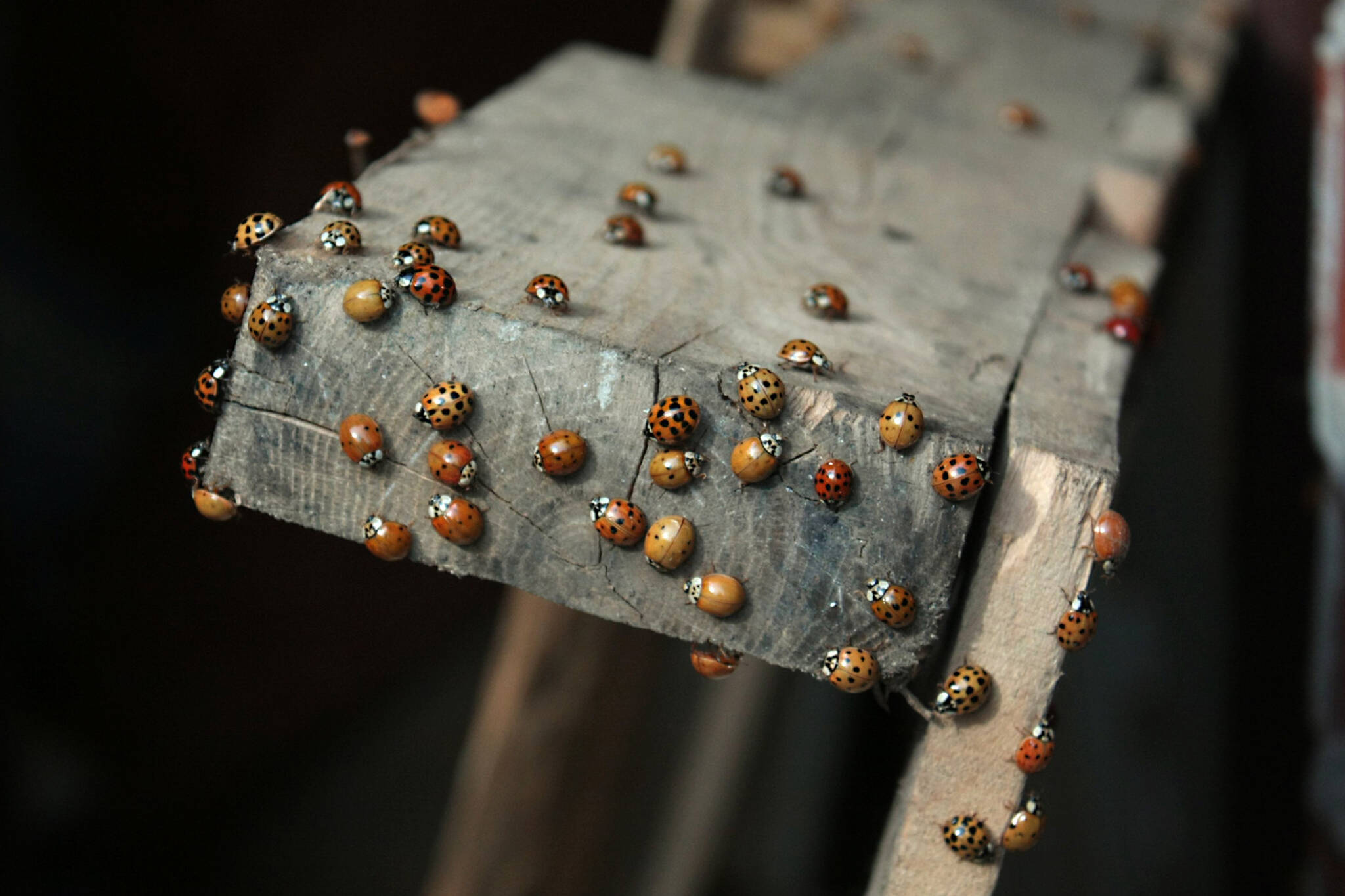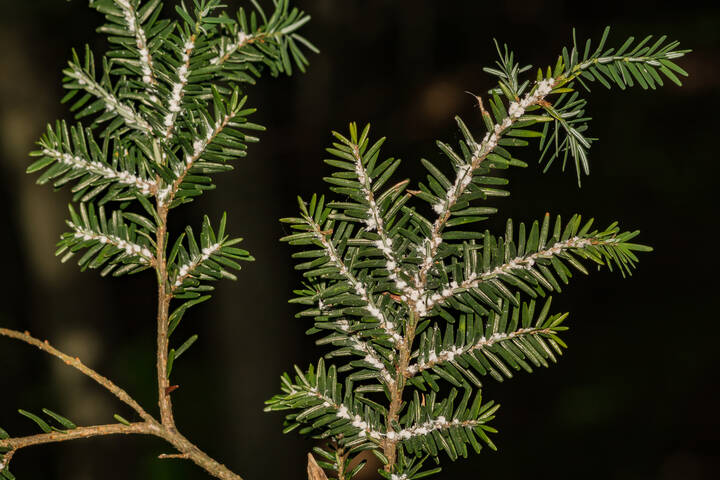
People in Toronto have insect infestations but they aren't likely ladybugs
Ladybugs, with their bright red colour and cute spots, are often the subject of children's stories, but an infestation of the critters doesn't have a happy ending.
People in Toronto are reporting seeing the red bugs creeping into the cracks and climbing up to windows.
"Is there a ladybug infestation or is the universe telling me something," one person wrote on Twitter.
Is anyone else in Ontario dealing with ladybug infestations? 1 is cute. 100 is a plague.
— Tara K. Reed (@DoorflowerCo) November 8, 2021
"There's so many ladybugs in my house and I've been seeing them consistently everywhere," another person wrote.
Anyone in Toronto’s #EastEnd seen what looked like hundreds of ladybugs flying about today? I couldn’t believe my eyes! Flying, crawling on my house, it was wild to see so many in early November & super magical!! 🐞 🐞
— 🍂Dani (she/her)❄️ (@DeeGee1111) November 8, 2021
What people are seeing may not be the cute red bugs of cartoons, however.
In fact, the name ladybug is a misnomer, because the little red insects are actually beetles and entomologists refer to them as ladybird beetles, says Douglas Currie, Curator of Entomology for the ROM. There are native ladybird beetles and multicoloured Asian lady beetles, says Currie.
"The ones that are likely congregating are the Asian multicolored lady beetles," Currie tells blogTO.
There are around 6,ooo ladybird beetle species worldwide and 166 in Canada, says Currie. People can report species observed through websites such as iNaturalist. Over the last 20 years, the Asian ladybird beetle, an invasive species, has become more common in Ontario, says Currie.
"So probably around 2001, they really got well established in Ontario," he says.
All types of ladybirds look for a place to overwinter in the fall but the Asian beetle "does this in quite large numbers."
The Asian ladybird was brought into greenhouses to control aphids but has now taken over and displaced many of the native ladybird species.
Unlike the native species, the Asian ladybird can bite but it is not really harmful to humans. They also secrete a yellowish or orangish substance that "smells kind of nasty" and can leave a stain.
There are ways to tell the two apart: Most Asian lady beetles have an M or W shape on the thorax, while the native ones would have what might appear like white cheeks on the sides of the thorax behind the head.
There are ways to get rid of them — the best is to bug-proof your house with screens. They are resourceful at finding entry points though, and you may be forced to vacuum them up. One site recommends spraying mint or citronella where they gather.
"But all they're trying to do is find a place to hunker down for the winter," says Currie.
Latest Videos
Latest Videos
Join the conversation Load comments







